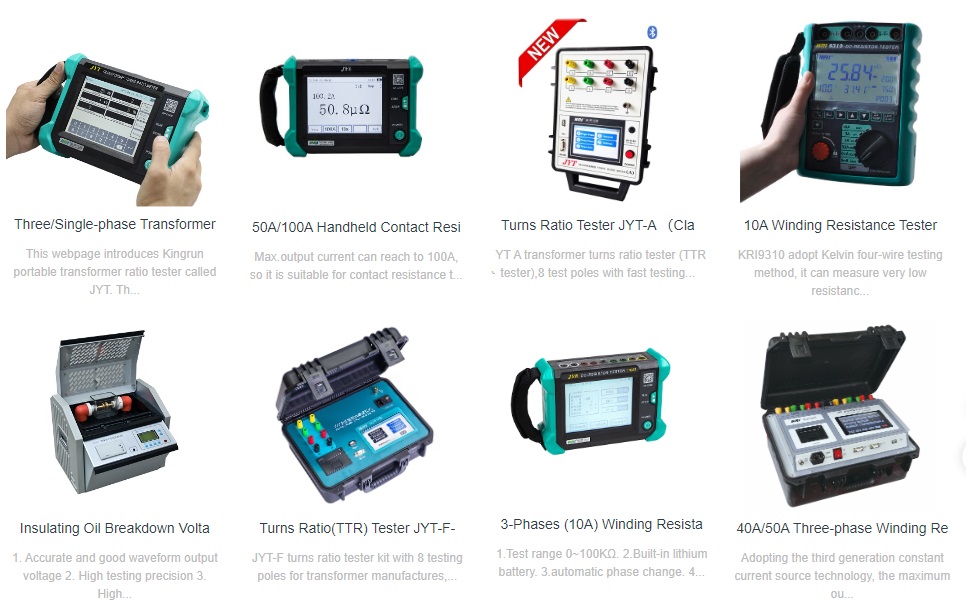In transformers, magnetic flux behavior is critical for efficient energy transfer and reliable operation. Understanding how flux lines behave—how they bend, fringe, and redistribute—helps engineers optimize transformer design and performance.
1. Material Permeability
Transformer cores are made of high-permeability materials (like silicon steel) to provide a low-reluctance path for magnetic flux. When flux transitions between different permeability materials (core, air gaps, clamping structures), it bends to follow the path of least reluctance, ensuring minimal core losses and optimal flux linkage.
2. Air Gaps and Fringing
In transformers, even small air gaps at core joints or between laminations can cause flux to fringe outward. Fringing increases the effective reluctance of the magnetic path, impacting the magnetizing current and leakage reactance. Designers must consider these effects to maintain transformer efficiency and reduce noise.
3. Boundary Conditions and Flux Behavior
Flux lines inside the transformer core are largely confined within the laminated steel core. However, at core boundaries and around air gaps, flux lines bend outward (fringing) due to the abrupt change in permeability. This effect is particularly evident at the core joints and in shell-type transformer structures.
4. Impact of Winding Currents (Ampere’s Law)
The transformer’s windings carry alternating currents that produce magnetic fields. According to Ampere’s Law, these currents create closed-loop flux paths in the core. Non-uniform winding placement or load currents can distort the flux path, leading to localized saturation and heating.
5. Saturation and Hysteresis Effects
As transformer cores approach magnetic saturation, the core material’s permeability decreases, causing flux lines to spread out into surrounding structures. Magnetic hysteresis also contributes to energy losses and affects the transient behavior of flux during switching operations.
6. External Fields and Stray Flux
External magnetic fields (from nearby transformers or motors) can influence the transformer’s flux lines, causing leakage flux and potential interference. Proper shielding and spatial separation reduce these unwanted effects.
7. Transformer Geometry and Flux Distribution
Core geometry, winding arrangement, and limb cross-section shape how flux distributes in a transformer. Sharp corners and small cross-sectional areas can locally intensify flux density, causing localized heating and core losses.
8. Eddy Current Considerations
Eddy currents induced in the transformer’s core laminations generate opposing magnetic fields (Lenz’s Law). These currents distort the main flux path and contribute to core losses. Laminated core structures help minimize eddy current effects.
Practical Implications
Design Considerations: Core joint design must address fringing and flux leakage to maintain efficiency.
Leakage Reactance Control: Flux bending and leakage paths influence the short-circuit impedance.
Reliability: Monitoring magnetic flux distribution helps predict hot spots and potential failure points.
Shielding: Understanding how flux lines interact with external fields is vital for minimizing interference and losses.
By focusing on these magnetic flux characteristics, transformer designers and operators can ensure efficient performance and long-term reliability in power systems.
Kingrun Transformer Instrument Co.,Ltd.


More Transformer Testers from Kingrun
